Over the past few years, the Housing and Development Board (HDB) rental market in Singapore has been quite volatile. However, things seem to have stabilised significantly in 2023, following a tumultuous period of ups and downs.
After experiencing a sharp 35% surge in 2022, rents for HDB flats have now moderated to a 10% increase. This has come as a much-needed relief for both landlords and tenants alike.
In this article, we will examine the factors that have contributed to this stabilisation, including government interventions, and we will also explore what the future holds for Singapore’s beloved public housing system.
Additional reading: 3-room, 4-room or 5-room HDB flat: Which property has the highest appreciation?
Table of contents
- 2023 HDB rent trends: A closer look
- Stabilisation after the surge
- Factors behind the stabilisation
- Government’s role in HDB rent dynamics
- Supply-side constraints and rental demand
- Measures to support households
- Boosting housing support: The Parenthood Provisional Housing Scheme (PPHS)
- Recent rental market data insights
- Conclusion
- FAQs
2023 HDB rent trends: A closer look
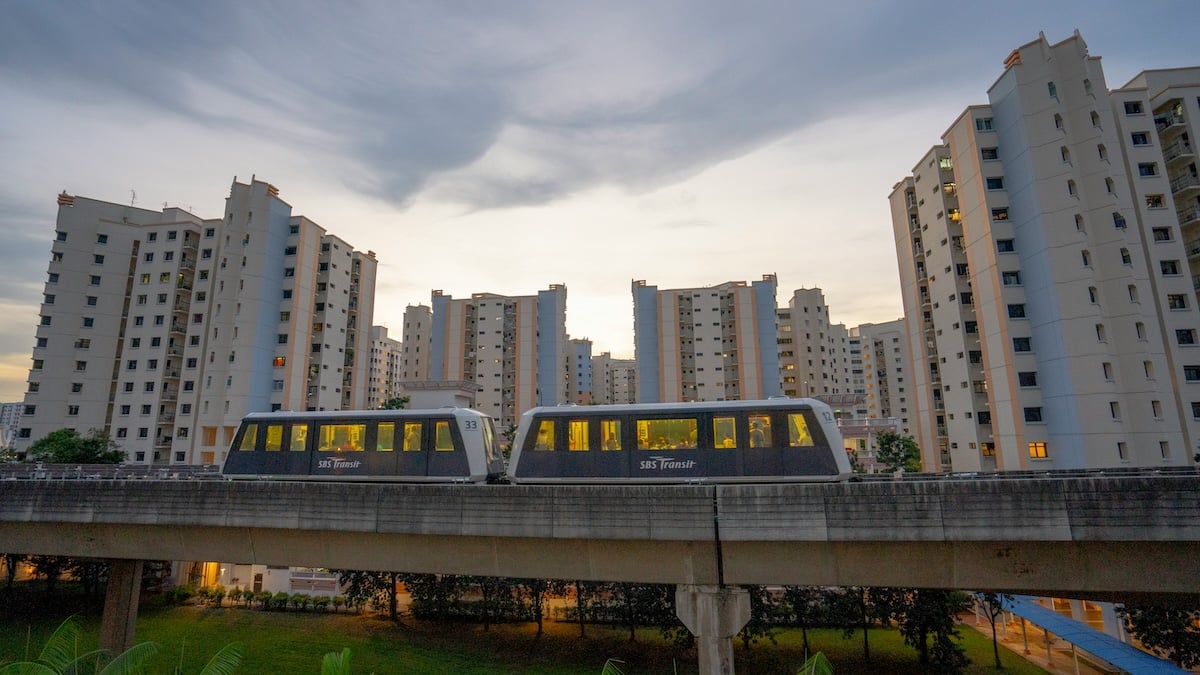
Stabilisation after the surge
From a modest 5% rent increase in 2021 to a staggering 35% in 2022, and finally a more manageable 10% in 2023, the HDB rental market’s volatility and eventual stabilisation are vividly portrayed.
These figures, which were brought to light by the Second Minister for National Development Indranee Rajah in response to queries from MP Louis Chua, signify a critical period of adjustment in Singapore’s housing landscape.
Factors behind the stabilisation
A combination of governmental intervention and market dynamics has resulted in a moderation of rent increases. With the easing of border restrictions and the return of demand from non-resident renters, the market experienced an unprecedented surge.
Nonetheless, the government’s swift response, which included measures to boost housing supply and adjust occupancy caps, has been instrumental in stabilising the escalating rents.
Government’s role in HDB rent dynamics
Supply-side constraints and rental demand
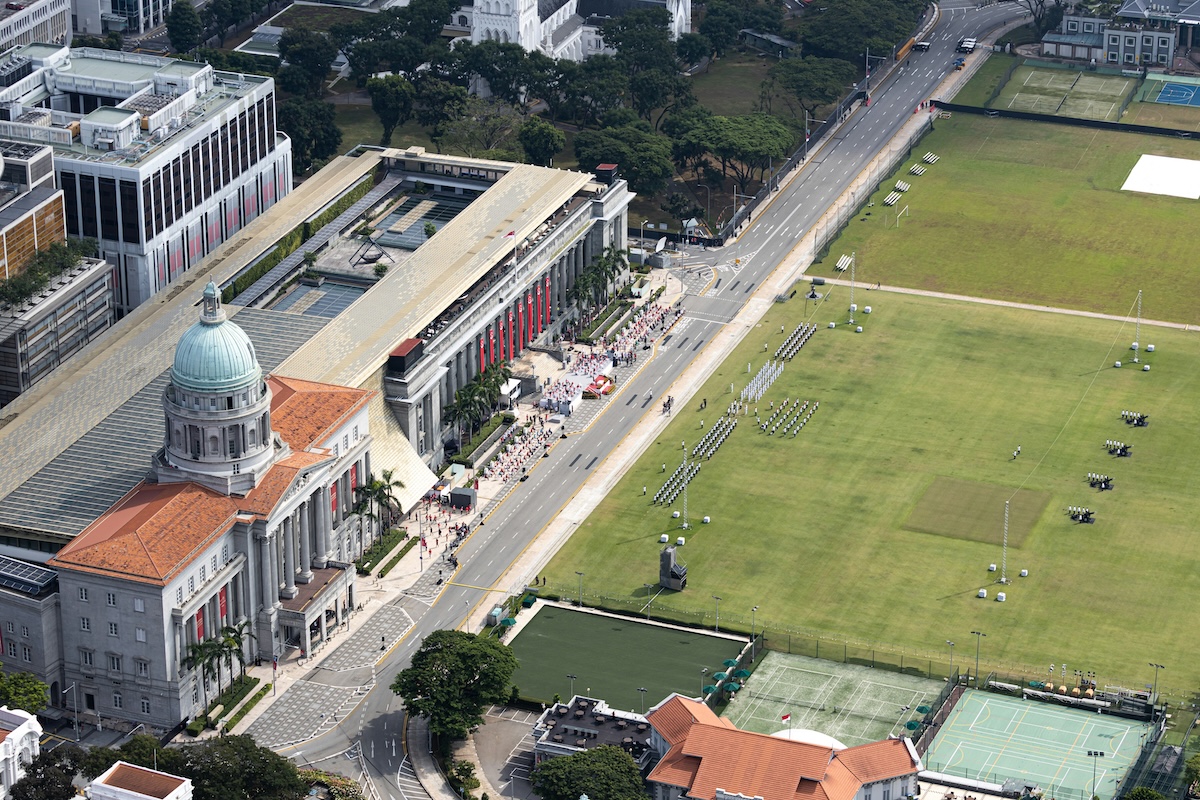
The COVID-19 pandemic-induced supply-side constraints, coupled with a significant surge in rental demand, have set the stage for the rent hikes that have been observed in recent years. Nevertheless, the government’s prompt policies, aimed at boosting both the private and public housing supply, have played a pivotal role in bringing stability to the market.
The current situation has been marked by a deficit in housing supply, as well as an increase in demand, which has contributed to the rise in rental prices. However, the government’s agile approach has helped to mitigate the negative effects of these factors, with measures aimed at increasing the supply of affordable housing units, both in the public and private sectors.
Additional reading: Why new condo sales are going UP despite Covid-19
These strategies have included the allocation of funds for new construction projects, the implementation of incentives for private developers, and the provision of subsidies and tax breaks to encourage investment in the housing market.
As a result of these measures, the government has been able to stabilise the market, providing much-needed relief to renters and property owners alike. While challenges remain, the government’s commitment to addressing the housing crisis through a combination of short- and long-term solutions has proven effective in creating a more equitable and sustainable housing market.
Measures to support households
As the government tackles the hurdles faced by the rental market, the efforts extend beyond simply boosting the supply. Their focus is also on guaranteeing that the homes are affordable and accessible for all.
The newly introduced Parenthood Provisional Housing Scheme, which provides temporary housing alternatives to families awaiting the completion of their HDB flats, is a clear indication of this dedication.
Boosting housing support: The Parenthood Provisional Housing Scheme (PPHS)
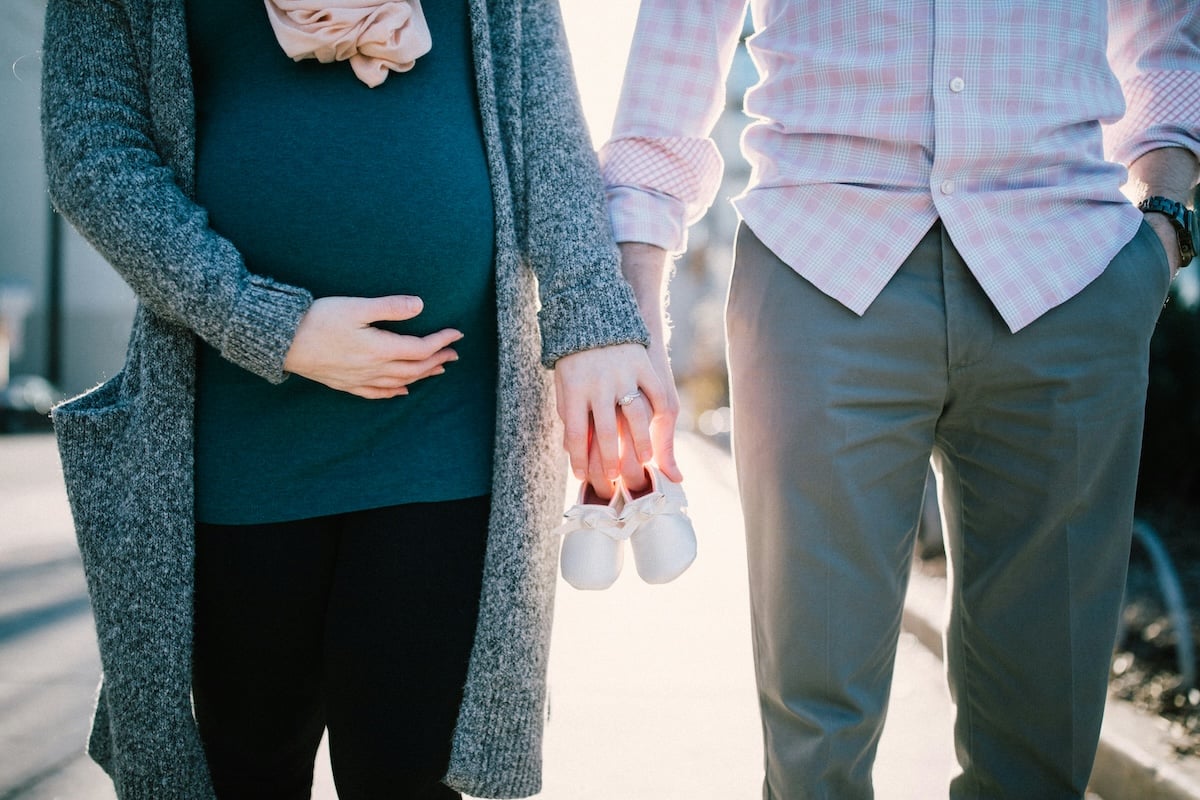
The Parenthood Provisional Housing Scheme (PPHS) stands as a pivotal initiative by the Singapore government, aimed at addressing the immediate housing needs of families awaiting the completion of their permanent HDB flats.
Recognising the challenges faced by young couples and families during this transitional period, the scheme offers a practical and affordable temporary housing solution. By providing access to a range of HDB flats at reduced rental rates, the PPHS alleviates the financial burden and uncertainty that can come with waiting for new homes.
This initiative not only underscores the government’s commitment to supporting family formation and stability but also plays a crucial role in ensuring that the journey towards homeownership is seamless and stress-free for Singaporean families.
Additional reading: Ultimate guide on renting through Parenthood Provisional Housing Scheme (PPHS)
In the broader context of Singapore’s housing landscape, the PPHS is a testament to the government’s proactive approach to managing the demand and supply dynamics of the public housing market.
By cushioning the impact of construction delays and the fluctuating demand for rental housing, the scheme contributes to the overall stability and affordability of the HDB rental market. Moreover, it reflects a thoughtful response to the unique socio-economic challenges emerging from urban living and the housing aspirations of Singaporeans.
As the scheme continues to evolve, it will undoubtedly remain a key component of the nation’s comprehensive housing strategy, ensuring that every family has a place to call home while awaiting their permanent residence.
Recent rental market data insights
This scheme represents a substantial step towards offering support to families with constrained financial resources. It provides them with a feasible option to manage the interim period before they can relocate to their permanent homes.
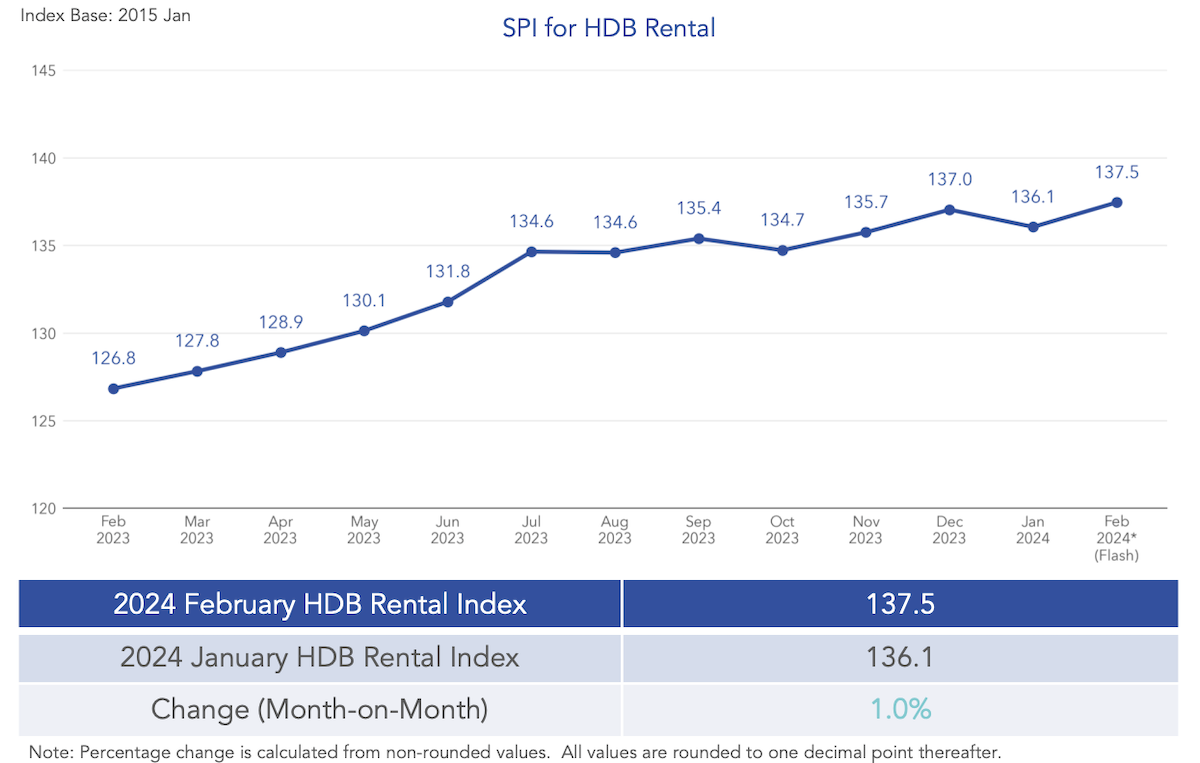
February 2024 saw a 1% increase in rents, reaching a new all-time high, despite a 19.1% decrease in rental volumes.
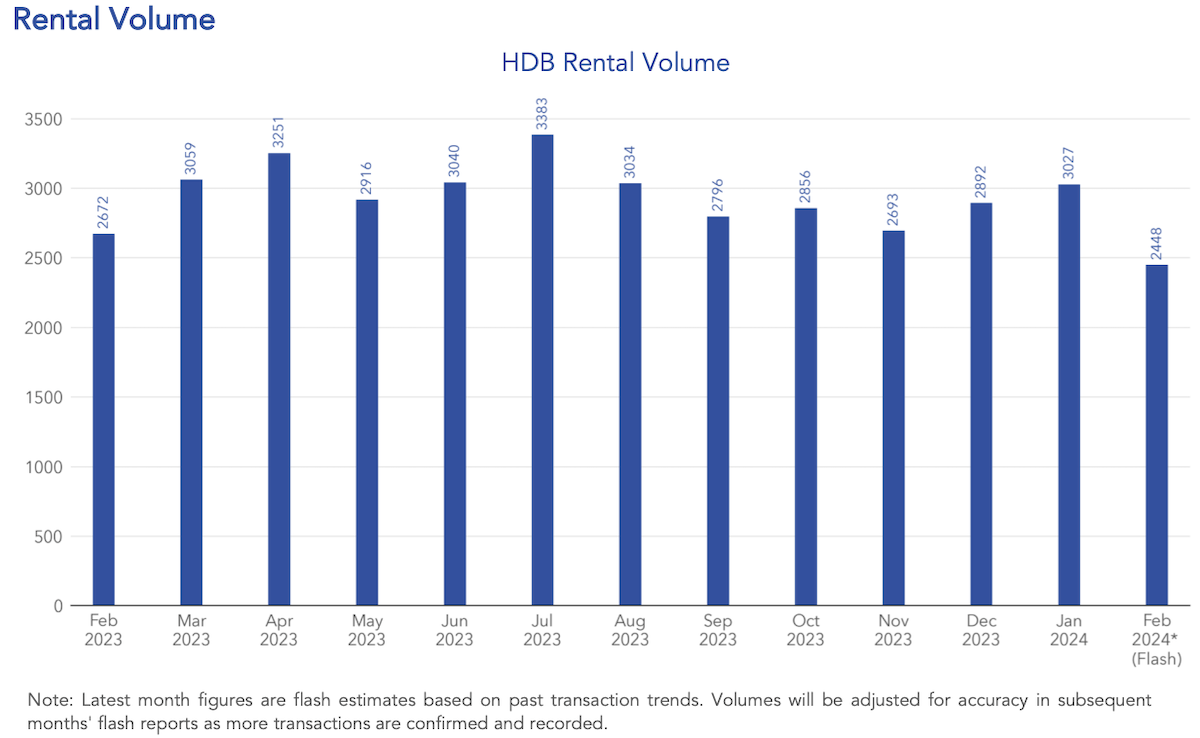
This dichotomy highlights the ongoing demand for HDB flats across all room types, with executive flats and five-room units experiencing the highest year-on-year rent increases.
Conclusion
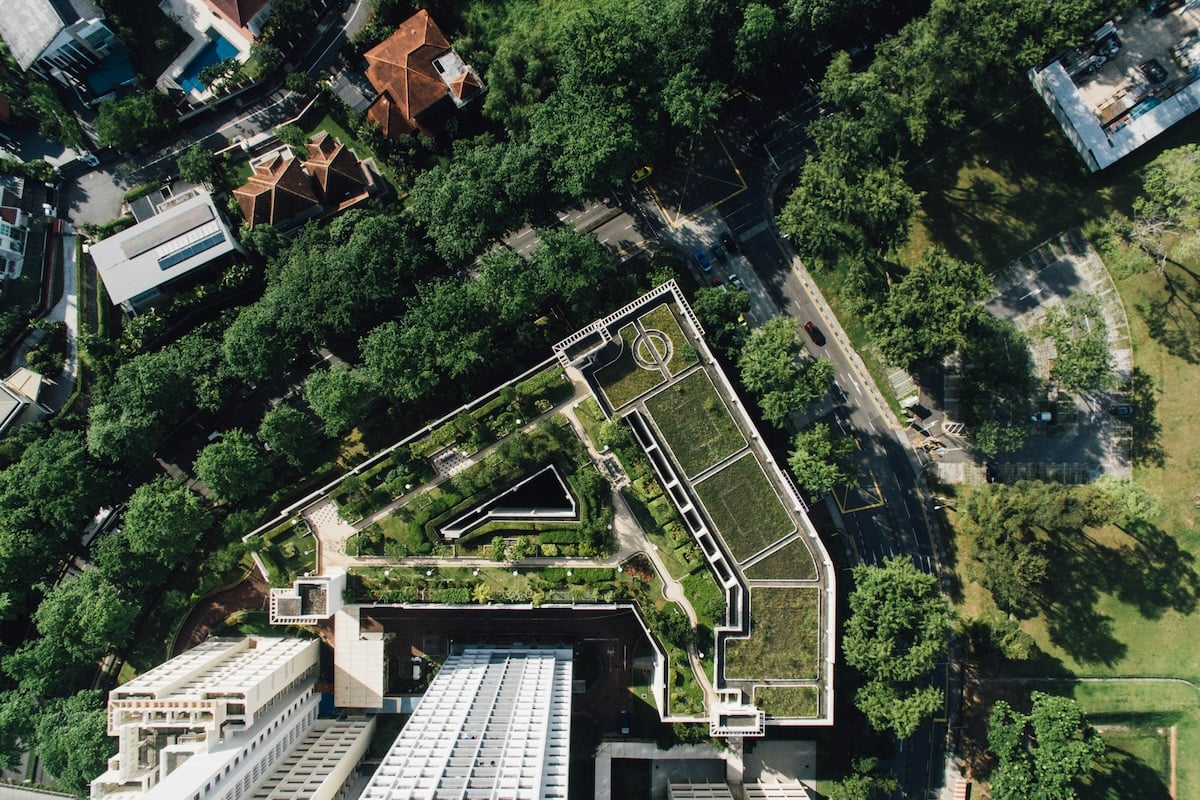
The recent stabilisation of HDB flat rents in 2023 is a promising development for the Singaporean housing market. With a thoughtful approach to government intervention and a deep understanding of market dynamics, Singapore is committed to providing accessible and affordable public housing.
Looking ahead, our attention remains fixed on achieving equilibrium between supply and demand, guaranteeing a stable and sustainable HDB rental market for all Singaporeans.
This article is a product of 99.co and is based on information gathered from various sources, including The Business Times. These sources are used in good faith to provide valuable insights. The source of the referenced content is duly credited and we recommend readers refer them for a comprehensive understanding of the topic. 99.co is not responsible for errors, omissions, or consequences from using this information.
FAQs
Q: Why did HDB rents surge in 2022?
A: In 2022, a remarkable increase in demand for non-resident rentals was observed, which was primarily driven by the reopening of borders after the pandemic-related restrictions and limitations. The supply-side constraints arising from the pandemic also contributed to this surge in demand. This resulted in an unprecedented rise in the rental industry, which caught the attention of many.
Q: What is the government doing to stabilise HDB rents?
A: The government has taken various steps to address the issue of housing shortage, which include augmenting the availability of private and public housing, easing occupancy restrictions, and introducing initiatives like the Parenthood Provisional Housing Scheme to assist with rental requirements.
Q: How does the Parenthood Provisional Housing Scheme help?
A: In Singapore, families with lower income who are waiting for their permanent HDB flats to be completed are provided with temporary housing options. This ensures that they have a place to stay while they wait for their permanent housing.
Singapore is known for its robust public housing system, which caters to the needs of its citizens and provides a stable and secure living environment for all. Despite the challenges faced during turbulent times, Singapore continues to navigate through them with a balanced approach and upholds its reputation for providing quality public housing.
The post After a 33% surge, HDB rents increased by 10% to stabilise the market appeared first on .

